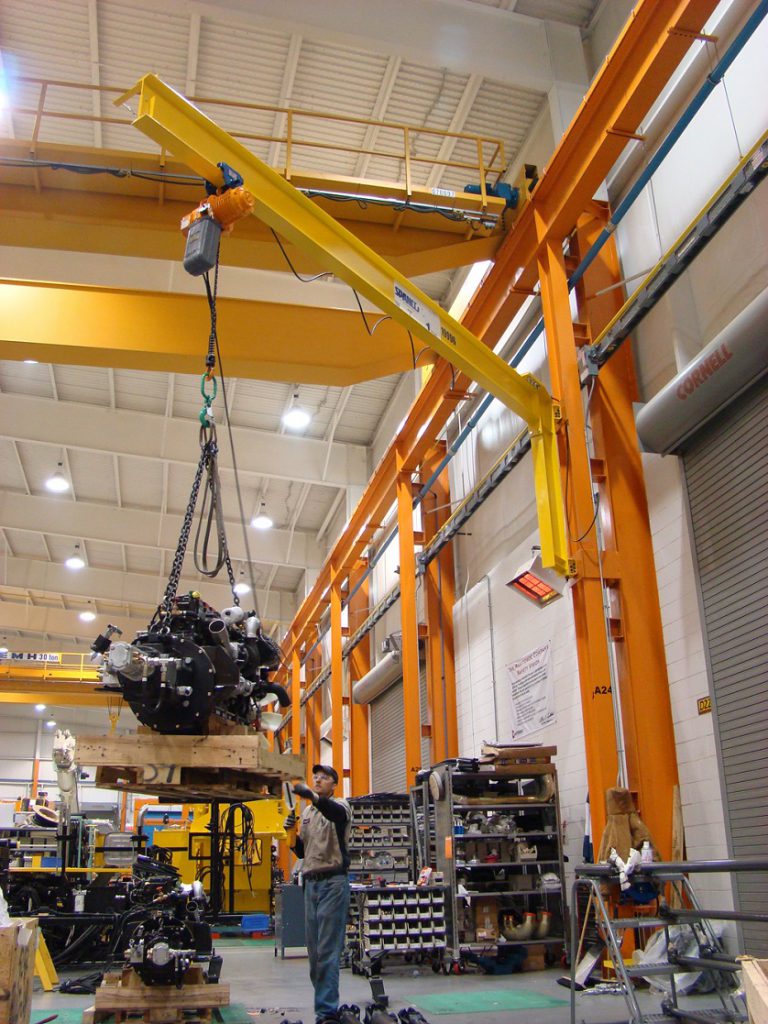One of the most versatile pieces of lifting equipment is the jib crane. That’s mainly due to its rotation angle, and the fact that it just needs a little bit of floor space to be installed. However, even though the base doesn’t require much floor space, it does require a bit more space to perform a full boom rotation. This allows employees in warehouse and industrial settings to work on a variety of hoisting and lifting tasks. This can include lifting heavy materials, or moving a camera for film making purposes.
These tools are designed to do heavy and repetitive lifting in places that are hard to access and maneuver a forklift, such as distribution centres and warehouses. If you’ve decided you want to buy a crane jib, there are a few things you should consider, in order to make the best decision, because the crane jib isn’t exactly the cheapest tool out there. This is especially true if you’re buying an industrial jib crane, as they’re typically used in highly regulated industries. Additionally, a lot of effort goes into the installation process.

The first thing you need to consider is the type of materials you want to move. This will help you determine the size of the crane you need and its load capacity. Moreover, consider whether you’ll be moving a single or multiple products at a time. If you’re moving multiple, are they tightly packed or wrapped? Most objects in your working space probably need special, safe handling, which can impact the size of the crane jib. Additionally, consider the heaviest and largest objects the crane will face, now and in the foreseeable future.
Next, determine how high and how far you need to move the objects, and whether there are obstacles in the way. If you’re working in a closed area, take the ceiling height into account. However, keep in mind that the height of the crane can impact the capacity and the amount of span it has. As the span and capacity increase, the headroom needed for the trolley and hoist, as well as the depth of the support beam will also increase. What works for a short distance lift may not necessarily work for long distance lifting and transfering.
Lastly, understand the local building requirements and codes. This is something that people often time neglect and end up having trouble because of it. In some municipalities, you may need a building permit, which can add to the cost and time. Moreover, local building codes can be different from the state or national standards. The last thing you need is having to redo the installation because you’ve made some assumptions based on national standards.











